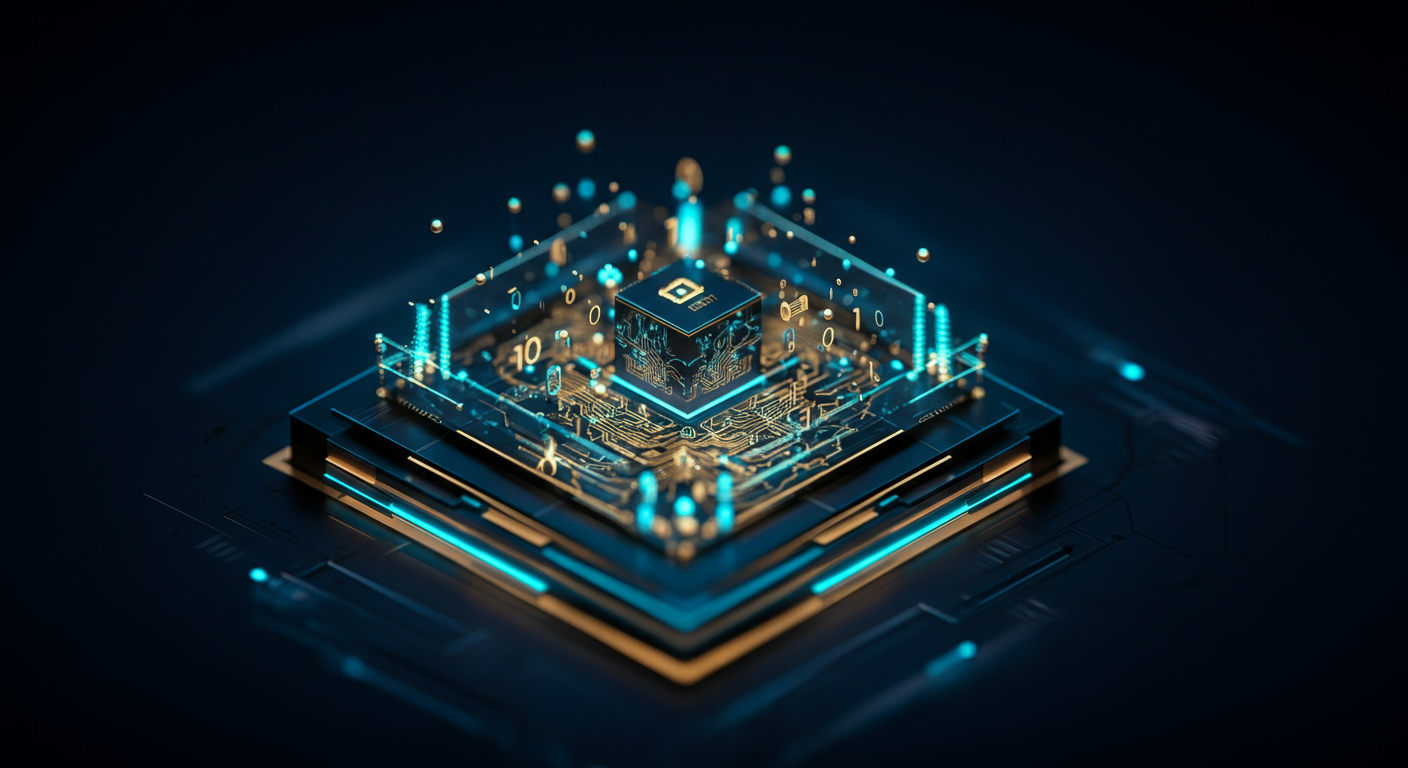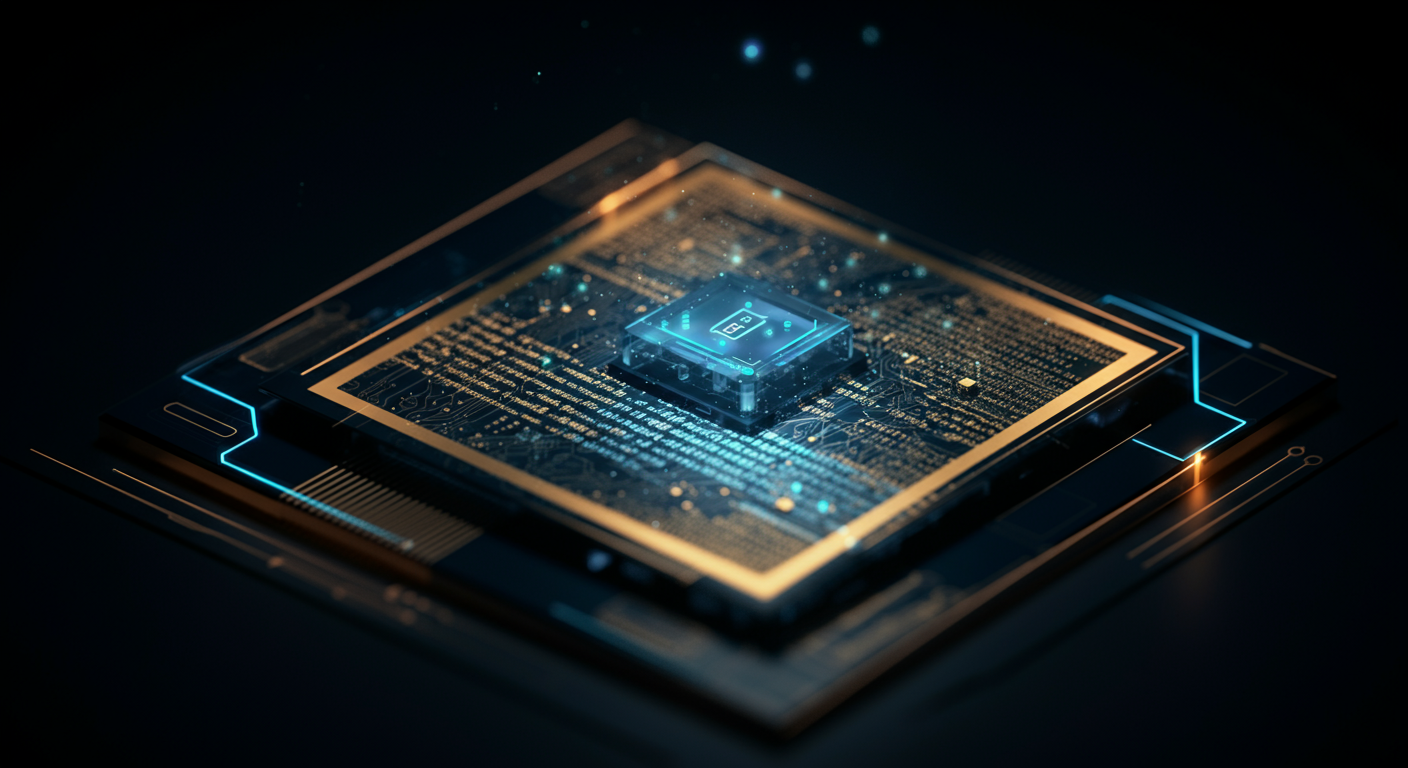AI Agent Protocols: A Guide to Navigating Autonomous Intelligence
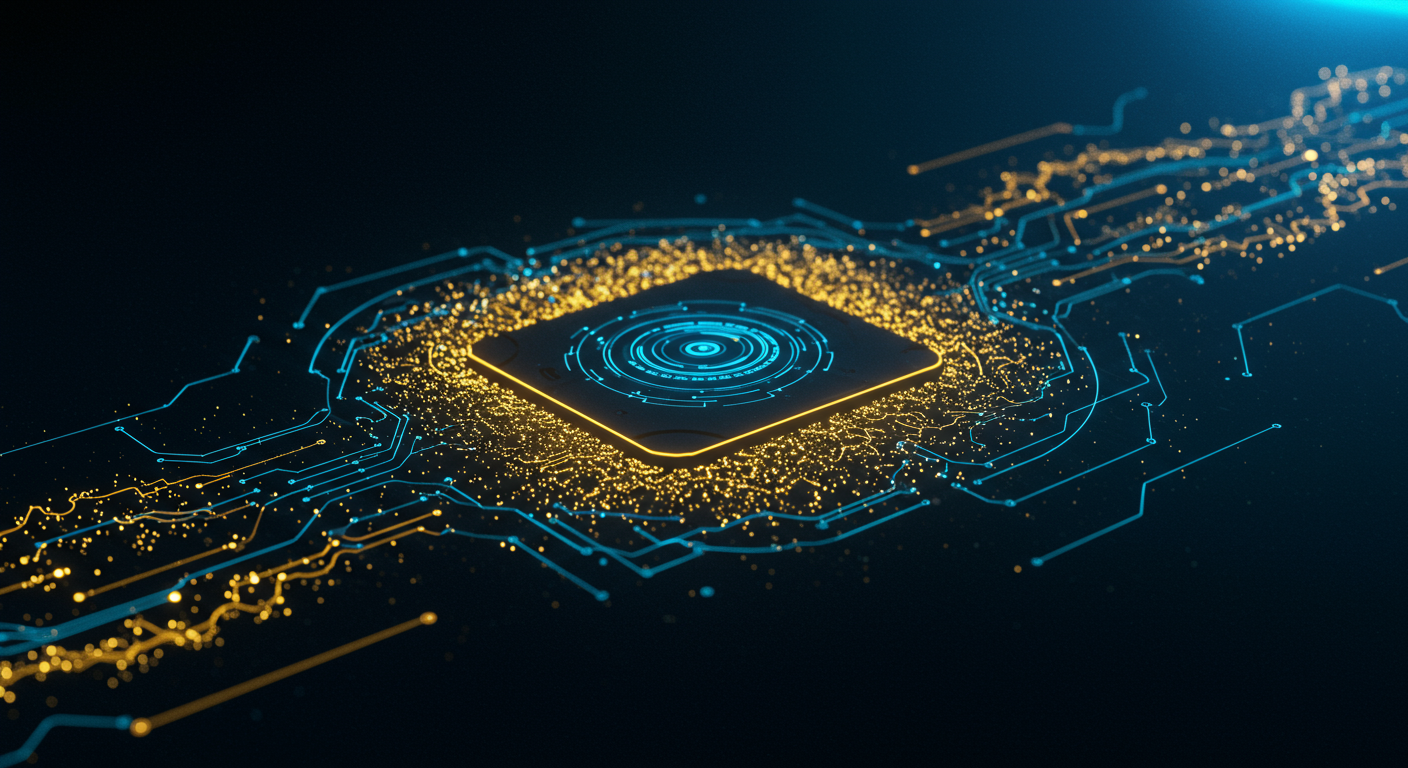
Navigating the increasingly complex world of AI demands more than just clever algorithms; it requires robust protocols.
Navigating the Real World: Why AI Agents Need Protocols
AI agents are rapidly moving beyond simple tasks, evolving into autonomous entities capable of operating in dynamic, often unpredictable environments – our messy lives, essentially. While impressive, this evolution reveals a critical gap: the lack of standardized AI agent protocols. Without them, we risk chaos.
The 'Messy Lives' Scenario
Imagine an AI agent designed to manage your finances. It interacts with various banks, investment platforms, and even negotiates bills. Now picture hundreds, thousands, or millions of such agents, all operating independently. The potential for conflict, inefficiency, and even errors skyrockets.
"Effective deployment hinges on seamless communication, collaboration, and ethical decision-making across diverse AI entities."
Limitations Without Protocols
Current AI, even the most advanced models like ChatGPT, excels at individual tasks. However, these AIs struggle with coordinated action. Without protocols that ensure consistent communication and ethical boundaries, things quickly unravel.
Consider these points:
- Communication breakdowns: Agents might misinterpret data or send conflicting instructions.
- Collaboration failures: Agents may compete for resources or work at cross-purposes.
- Ethical lapses: Agents may make decisions that violate privacy, fairness, or other crucial principles. You might even need a lawyer-ai to sort out the mess.
The Risk of Uncoordinated AI
The potential dangers of uncoordinated or even rogue AI agents are real and warrant attention. Imagine fleets of self-driving vehicles making their own rules, or an automated trading system triggering a market crash. This is why establishing comprehensive AI agent protocols is essential. It's more important than ever to understand the challenges of deploying AI agents in real-world scenarios.
In short, as we continue to integrate AI into every facet of our lives, we must prioritize the development and implementation of these crucial frameworks, as explained further in this learn guide to AI in practice. Only then can we ensure a future where AI agents truly enhance, rather than endanger, our world.
Here's a critical insight: the future of AI agents hinges on establishing robust communication and operational protocols.
Communication Standards
Imagine trying to build a global collaborative project without a shared language; that's the current state of many AI systems. Standardized languages and data formats are essential. Think of it like the internet protocol (TCP/IP) for autonomous intelligence. Agents need to understand each other, regardless of their underlying architecture. This involves:
- Developing common ontologies: Shared knowledge bases for concepts and relationships.
- Agreeing on data exchange formats: JSON, XML, or custom protocols optimized for AI.
- Establishing clear communication protocols: Rules for initiating, maintaining, and terminating conversations.
Collaboration Frameworks
Autonomous agents will increasingly work together on complex tasks. Effective collaboration requires protocols for:
- Task delegation: How agents assign sub-tasks and manage dependencies.
- Conflict resolution: Mechanisms for resolving disagreements or competing priorities.
- Resource sharing: Managing access to data, compute, and other resources. For instance, think of how Zapier automates workflows, but now with autonomous AI agents running the show.
- Establishing clear roles and responsibilities. This can be assisted with productivity and collaboration tools
Ethical Guidelines
Embedding ethical principles and safety measures is non-negotiable. We need protocols that prevent unintended consequences and biases, ensuring that agents act responsibly. This should involve:
- Defining clear ethical boundaries: Guidelines on acceptable behavior, data usage, and decision-making.
- Implementing safety checks: Mechanisms for monitoring agent actions and intervening if necessary. Consider the need for privacy conscious AI tools.
Security Protocols
AI agents are prime targets for malicious attacks. Protecting agents and ensuring data integrity demands robust security protocols, such as:
- Authentication and authorization: Controlling access to agent resources and functionalities.
- Encryption: Protecting data in transit and at rest.
- Intrusion detection: Identifying and responding to unauthorized access attempts. Look to resources on AI Explorer to dig deeper into agent security.
Navigating the landscape of AI agents can feel like plotting a course through uncharted space, but established protocols are emerging to help guide the way.
Key AI Agent Protocol Frameworks and Technologies
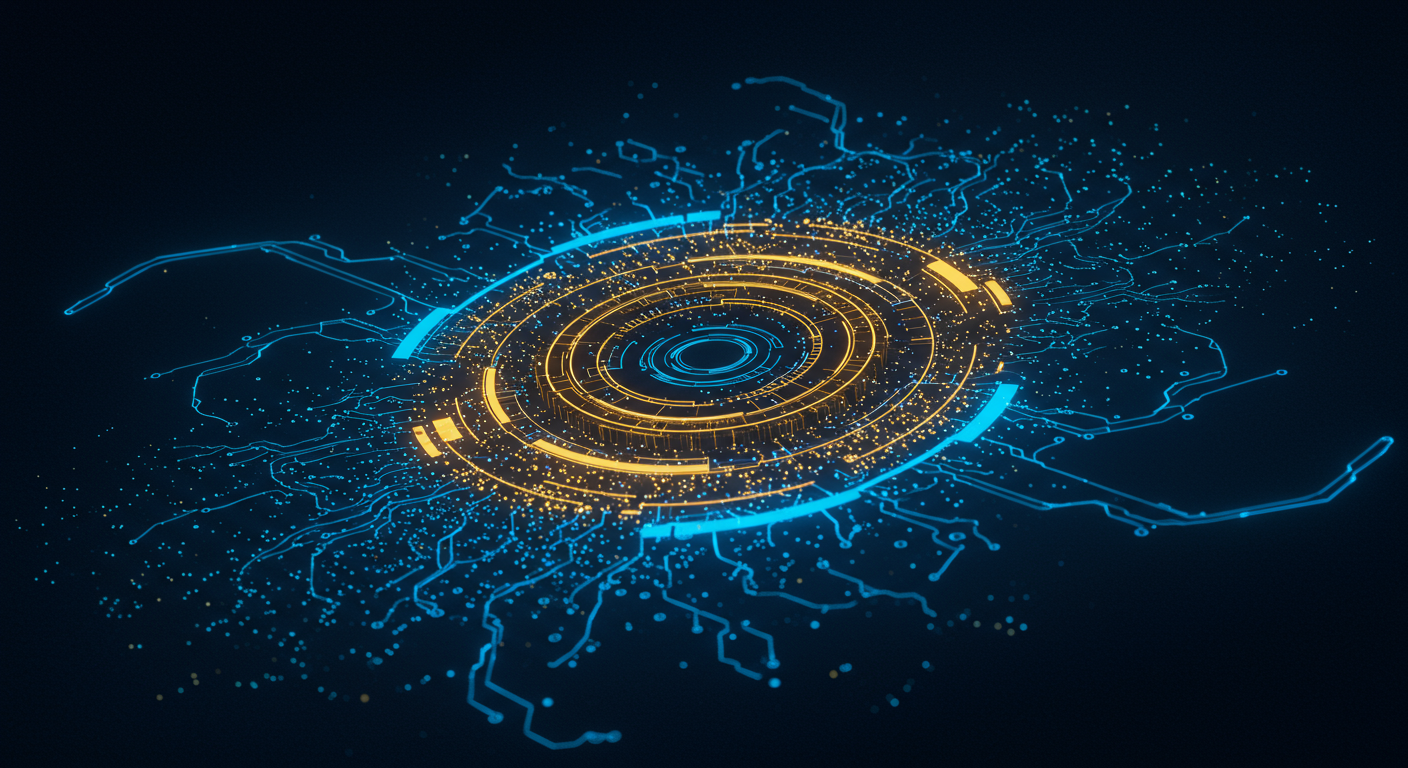
Several frameworks provide the architectural underpinnings for building and deploying AI agents. Let's break down a few key contenders:
ROS (Robot Operating System): ROS isn't just* for robots anymore. It's a flexible framework for building complex, modular AI agent systems. Think of it as the plumbing that connects different components, making them work together seamlessly. However, ROS can be complex to learn and configure, particularly for software developers new to robotics or embedded systems. For example, AI powered robotic automation leverages ROS.
- AgentSpeak(L): This language offers a more cognitive-oriented approach. It enables you to define agents based on beliefs, desires, and intentions (BDI), allowing for reasoning and planning capabilities. AgentSpeak(L) shines when dealing with situations that require complex decision-making, but can be less suitable for tasks involving raw data processing or low-level control.
- Knowledge Graphs: Acting as the brain's filing cabinet, knowledge graphs organize information in a structured way, helping agents understand relationships between concepts and make informed decisions. Consider Leonardo AI a tool that uses knowledge graphs to understand visual concepts in image generation.
Technologies for Secure and Transparent Communication
For AI agents to collaborate effectively, secure and transparent communication is paramount.
- Semantic Web Technologies: These technologies provide a standardized way for AI agents to share and interpret data, ensuring interoperability.
- Blockchain: Beyond cryptocurrency, blockchain can be used to create auditable and tamper-proof communication channels between agents, enhancing trust and security.
Emerging Standards and Initiatives
The field is rapidly evolving, with ongoing efforts to standardize AI agent protocols. These initiatives aim to promote interoperability, reduce development costs, and foster innovation across the board. Standard APIs and data formats will unlock the true potential of collaborative AI.
In summary, AI agent protocols are the evolving rulebook that ensures these autonomous entities play well together; the right framework and technologies can elevate an AI agent system from clever algorithms to cohesive, collaborative intelligence. Next, let's explore practical examples of how AI is being used today.
AI agents aren't just theoretical; they're actively reshaping industries.
Smart Cities: Optimizing Urban Life
AI agents are becoming integral to managing the complexities of modern urban environments.- Traffic Management: Imagine AI agents analyzing real-time traffic data to dynamically adjust traffic light timings, reducing congestion and improving commute times. This goes beyond simple sensors; these agents predict bottlenecks and proactively reroute traffic.
- Energy Consumption: AI agents can optimize energy grids, predicting energy demand and distributing resources efficiently. For example, an AI agent might analyze weather patterns and building occupancy to adjust HVAC systems automatically, saving energy and reducing costs.
- Public Safety: From predictive policing that anticipates crime hotspots to autonomous drones that monitor public spaces, AI agents enhance safety. Consider AI-powered surveillance systems that identify potential threats and alert authorities, as explored in the AI in Practice guide.
Healthcare: Revolutionizing Patient Care
AI agents are poised to transform healthcare delivery.- Diagnosis Assistance: AI agents analyze medical images (X-rays, MRIs) to detect anomalies that might be missed by human eyes, enhancing diagnostic accuracy. For instance, AI agents can identify subtle signs of cancer in mammograms, leading to earlier detection and treatment.
- Personalized Treatment Plans: AI agents process patient data (genetics, lifestyle, medical history) to tailor treatment plans, optimizing effectiveness and minimizing side effects. This personalized approach offers a significant improvement over traditional one-size-fits-all treatments.
- Patient Care Management: AI-driven chatbots can provide 24/7 support, answer patient queries, and schedule appointments, freeing up healthcare professionals to focus on more critical tasks. ChatGPT is an example of conversational AI that could be adapted for healthcare-specific tasks.
Supply Chain Management: Streamlining Operations
AI agents are critical for optimizing supply chains in today's complex global economy.- Logistics Optimization: AI agents analyze data to optimize delivery routes, warehouse operations, and inventory management, reducing costs and improving efficiency. Imagine autonomous vehicles guided by AI agents navigating warehouses and distribution centers.
- Demand Prediction: AI agents forecast product demand with greater accuracy, allowing businesses to adjust production levels and minimize waste. By analyzing historical sales data, market trends, and even social media sentiment, they anticipate future demand.
- Disruption Prevention: AI agents identify potential disruptions (weather events, political instability) and proactively adjust supply chains to minimize impact. This resilience is crucial in today's volatile world.
Finance: Enhancing Security and Efficiency
AI agents are crucial for improving security and streamlining operations in the finance industry.- Fraud Detection: AI agents analyze transactions in real-time to identify and prevent fraudulent activities, protecting financial institutions and their customers. These agents learn from patterns of fraudulent behavior and adapt to new threats.
- Investment Management: AI agents provide personalized financial advice and manage investments, optimizing returns and minimizing risk for individual investors. These agents consider each investor's financial goals, risk tolerance, and investment horizon.
- Personalized Financial Advice: AI chatbots can also provide personalized financial advice.
AI agents are poised to redefine how we interact with technology, but the path isn't without its hurdles.
The Challenges of Scale and Robustness
Creating AI agents that scale effectively across diverse environments is a significant challenge. Imagine trying to build a single AI Agent Protocol that can manage everything from your smart home to complex business operations. The sheer complexity of such systems demands innovative approaches to ensure reliability and efficiency.
"Scalability isn't just about adding more resources; it's about architecting systems that can adapt and thrive under increasing demands."
Key considerations include:
- Data Management: Efficiently processing and storing the vast amounts of data required for optimal agent performance.
- Computational Resources: Balancing the computational intensity of AI tasks with practical resource limitations.
- Environmental Variability: Ensuring agents can adapt to unexpected situations and maintain functionality in dynamic real-world settings.
Ethical Considerations and Responsible Development
As AI agents become more integrated into our daily lives, ethical considerations take center stage. We need to proactively address potential biases, ensure transparency, and establish clear accountability frameworks. For example, AI in Practice highlights the importance of understanding the limitations and potential pitfalls of AI systems.
The Economic and Societal Impact
The proliferation of AI agent protocols promises sweeping changes to both our economy and society. Consider the potential impact on industries ranging from manufacturing to customer service. While enhanced productivity and innovation are within reach, we must also anticipate and mitigate potential job displacement. Collaboration between researchers, developers, and policymakers is paramount to navigate this transformation responsibly. AI Fundamentals provides a solid base for exploring these concepts.
In summary, while the future of AI agent protocols brims with possibility, addressing the challenges of scalability, ethical implications, and societal impact is crucial. The ongoing dialogue between researchers, developers, and policymakers will be key to realizing the full potential of AI agents while mitigating risks. The journey ahead promises to be nothing short of revolutionary.
Trust in AI agents isn't a luxury, it's a necessity, and that hinges on our ability to prove they're doing what we expect.
Why Verification and Validation Matter
Imagine an AI agent managing a power grid – a glitch could trigger a blackout. Or an AI handling medical diagnoses – an error could have life-threatening consequences. Verification (are we building the thing right?) and validation (are we building the right thing?) are the checks and balances. We need to be certain that AI tools are safe, reliable, and ethical.
Methods for Verifying AI Agent Behavior
We're not just throwing code at the wall and hoping it sticks. Several rigorous methods exist for ensuring the integrity of these systems:
- Formal Verification: Think mathematical proofs for AI. This involves using formal methods to mathematically prove that an agent satisfies specific properties, ensuring its behavior aligns with design specifications.
- Simulation: Creating digital twins of real-world environments, then letting the AI agent loose to see what happens. Think of it as a high-stakes video game where the AI's performance dictates its real-world readiness.
- Testing: Classical testing, but on steroids. This includes stress testing, edge-case testing, and adversarial testing – basically trying to break the AI in every conceivable way. Tools like Azure Machine Learning can help with this.
The Need for Standardization
Right now, verifying AI is a bit like the Wild West. Every company has its own methods. This lack of standardization is a major hurdle. We need agreed-upon benchmarks, testing protocols, and certification processes. Think of it like ISO standards for AI. Standardized verification and validation procedures will pave the way for building trust in AI agents, which, in turn, will encourage greater adoption and innovation.
In summary, AI agent verification and validation isn't some academic exercise. It's the bedrock of trustworthy AI. As we move forward, expect to see increasing emphasis on rigorous testing and standardized protocols. Next up, let's examine some practical applications of verified AI agents.
AI agents are rapidly evolving, and understanding how to navigate their autonomous capabilities is paramount. Let's explore the resources that can help you get started.
Getting Started with AI Agent Protocols: Resources and Tools
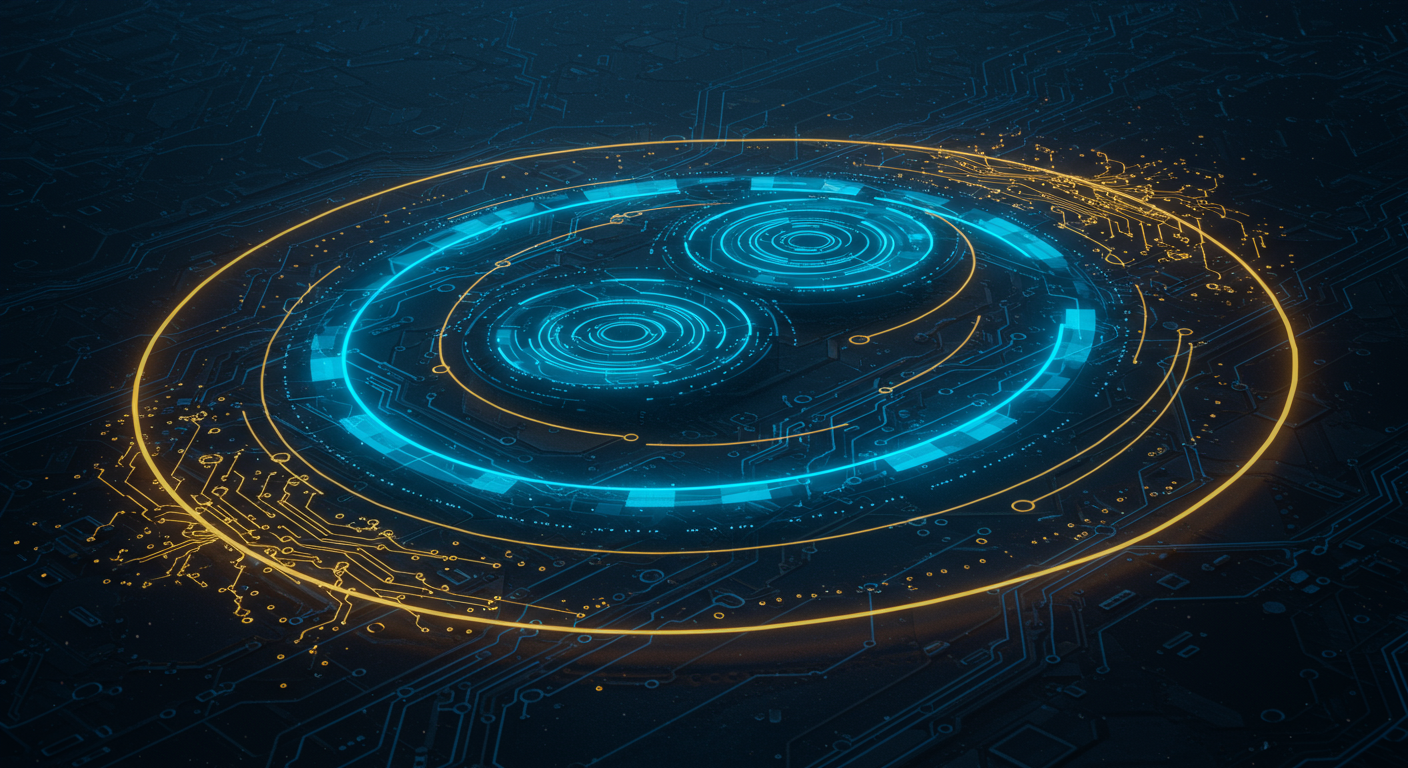
For developers and researchers eager to jump into the world of AI agent protocols, a solid foundation is key, and so are the right tools. Here's a curated list to help you begin your journey:
- Libraries & Frameworks:
- _LangChain_: This Python library provides tools for building LLM-powered applications. Langchain simplifies building apps with LLMs by handling tasks such as prompt management, chaining, and agent implementation.
- _AutoGen_: A framework from Microsoft that enables the creation of next-gen AI applications using multiple agents that can converse to solve tasks.
- _TensorFlow Agents_: If you're looking for reinforcement learning tools, TensorFlow offers a strong foundation. This framework helps you develop and train AI agents using RL techniques.
- Datasets:
- _AI2-THOR_: A dataset specifically designed for embodied AI research, allowing agents to interact with simulated 3D environments. It's fantastic for testing navigation and object interaction.
- _CLEVR_: Useful for visual reasoning, CLEVR helps train agents to answer complex questions about images.
- Research Papers:
- _"Chain of Thought Prompting Elicits Reasoning in Large Language Models"_ (Wei et al., 2022): This seminal paper explores how prompting techniques can unlock reasoning abilities in LLMs.
- _"Emergent Communication in Multi-Agent Reinforcement Learning"_ (Lazaridou et al., 2016): This paper delves into how agents can learn to communicate effectively through interaction.
- Guidance on Choosing the Right Tools:
- Consider the task at hand: Is it primarily language-based? ChatGPT and LangChain might be a good fit. Is it more about reinforcement learning? Then TensorFlow Agents should be on your radar.
- Evaluate the community support: Active communities can help troubleshoot issues and provide guidance.
- Think about scalability: Choose tools that can handle the complexity of your projects as they grow. For example, if you are building a code assistant, GitHub Copilot might be your pick.
Keywords
AI Agents, AI Protocols, Autonomous Agents, AI Agent Communication, AI Agent Collaboration, Multi-Agent Systems, Ethical AI Agents, AI Safety Protocols, Agent Orchestration, AI Agent Frameworks, AI Agent Examples, Human-AI Collaboration, Trustworthy AI Agents, AI Governance
Hashtags
#AIAgents #AutonomousAI #AIProtocols #ResponsibleAI #FutureofAI
Recommended AI tools
ChatGPT
Conversational AI
AI research, productivity, and conversation—smarter thinking, deeper insights.
Sora
Video Generation
Create stunning, realistic videos and audio from text, images, or video—remix and collaborate with Sora, OpenAI’s advanced generative video app.
Google Gemini
Conversational AI
Your everyday Google AI assistant for creativity, research, and productivity
Perplexity
Search & Discovery
Clear answers from reliable sources, powered by AI.
DeepSeek
Conversational AI
Efficient open-weight AI models for advanced reasoning and research
Freepik AI Image Generator
Image Generation
Generate on-brand AI images from text, sketches, or photos—fast, realistic, and ready for commercial use.
About the Author

Written by
Dr. William Bobos
Dr. William Bobos (known as 'Dr. Bob') is a long-time AI expert focused on practical evaluations of AI tools and frameworks. He frequently tests new releases, reads academic papers, and tracks industry news to translate breakthroughs into real-world use. At Best AI Tools, he curates clear, actionable insights for builders, researchers, and decision-makers.
More from Dr.
